Weird But True (5 page)

A
bout one-third of the world's population lives in countries where cars are driven on the left side of the road. Among the nations that drive on the left are Australia, Botswana, India, Indonesia, Japan, Kenya, New Zealand, South Africa, Thailand, and the United Kingdom.
* * *
The U.S. Virgin Islands is the only U.S. territory in which people drive on the left.
I
n February 2009, the American Iridium 33 communications satellite collided with the inactive Russian Cosmos 2251 satellite over Siberia, about 491 miles above Earth. It's the first time such a collision has happened, but scientists fear it probably won't be the last. As of October 2009, there were approximately nine hundred working manmade satellites orbiting Earth and many other defunct satellites still floating around in space; it's possible that some of them will unintentionally end up colliding with each other.

A
lmost half of the working satellites in orbit today are from the United States.
* * *
The United States operates more than four times as many satellites as any other nation. Russia is second.
O
rbital debrisâbetter known as “space junk”âis a serious hazard. Think of what a random pebble kicked up on the highway can do to your car. Now, imagine billions of pieces of metallic garbageâeverything from entire satellites to fuel tanks, nuts and bolts, and even tiny paint chipsâzooming around in orbit at speeds of more than fifteen thousand miles per hour.
T
he Iridium-Cosmos collision produced more than seven hundred new pieces of space junk. At present there are more than nineteen thousand pieces of space junk being tracked by authorities such as the U.S. Department of Defense.
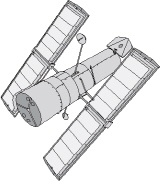
B
etween 1994 and 2002, the solar panels on the Hubble Space Telescope were struck an estimated 725,000 times by space junk.
I
n 2010, the California State Historical Resources Commission designated the items left by Apollo 11 astronauts on the moon to be a state historical resource. This action could mark the first time that such a designation was given to something not on Earth.
* * *
The move was considered to be the first step toward having Tranquility Base (where the U.S. astronauts landed on the moon in 1969) declared a UNESCO World Heritage Site.
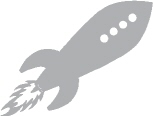
T
he list of more than one hundred items left on the moon by the Apollo 11 astronauts includes two pairs of space boots, tools, cameras, pieces of the Lunar Module spacecraft, airsickness bags, and containers used to collect the astronauts' urine and feces.
T
here's a giant garbage patch floating in the Pacific Ocean between California and Hawaii. The part of it known as the Eastern Pacific Garbage Patch is roughly twice the size of the state of Texas. It is made up largely of plastic trashâsoda bottles and the likeâsome of which has been carried on the currents from as far away as China.
* * *
By some estimates, the entire Great Pacific Garbage Patch stretches from California to Japan.
I
n 2010 a similar garbage patch was discovered in the Atlantic Ocean spanning the distance between Virginia and Cuba.
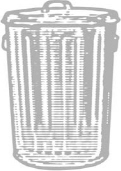

C
an a clean-smelling room make you a better human being? Apparently so. A recent study at Brigham Young University found that people who live and work in clean-smelling environments treat others more fairly and act more charitably than those in rooms with no particular smell at all. To test the theory, researchers compared the behavior of people in rooms cleaned with citrus-scented spray cleaner with those in “unscented” rooms. The individuals in the citrus-scented group proved to be more trustworthy and more eager to volunteer their time and money for charitable causes.
J
ust as they have fingerprints, humans have “odor prints,” and no two are the same. That's how bloodhounds can tell the difference between one person and anotherâeven identical twins. This is great news for law enforcement: Even if a criminal doesn't leave fingerprints at the scene of a crime, his scent is still evident. By swabbing the scene, investigators can pick up identification traces that they can match with scent samples taken from suspects.
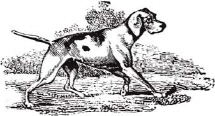
T
he former East German secret policeâthe Stasiâused specially designed seat cushions to collect odor samples from suspected enemies of the state during interrogations.
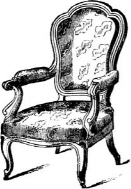

P
eople with synesthesia interpret sensory information in unusual ways. They might see letters and numbers in distinct colors, even if the printed type they're reading is black. They might taste sounds or hear colorsâperceiving two separate sensory triggers where most people would perceive only one.
* * *
The number of people with some form of synesthesia has not been determined. It could be as high as one in every twenty people.
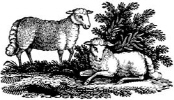
M
any male animals use their sense of smell when searching for a mate, and it turns out that this includes human males. A Florida State University study found that men's testosterone levels increased when they sniffed a T-shirt that had been worn by a woman who was ovulating.